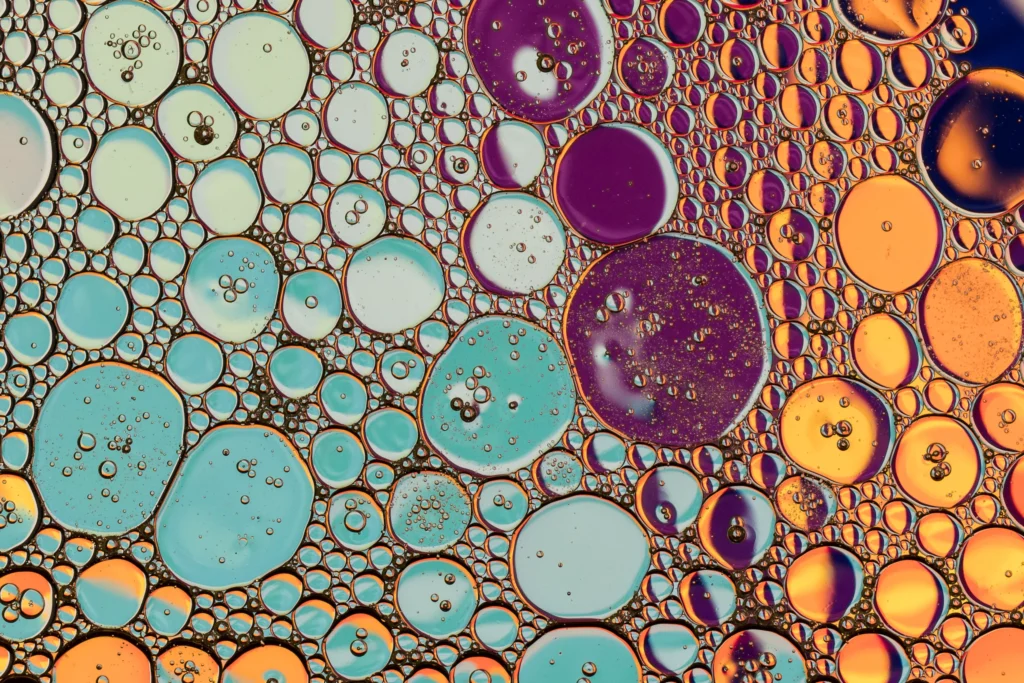Cyto-Histopathology
Introduction
Cyto-Histopathology
cytopathology is the study of individual cells in disease. Sampled fluid/ tissue from a patient is smeared onto a slide and stained (see techniques). This is then examined under the microscope by the anatomical pathologist to look at the number of cells on the slide, what types of cells they are, how they are grouped together and what the cell details are (shape, size, nucleus etc). This information is useful in determining whether a disease is present and what is the likely diagnosis.
Cytology is most often used as a screening tool to look for disease and to decide whether or not more tests need to be performed. An example of screening would be the investigation of a breast lump. In combination with the examination by the clinician and imaging tests, a needle aspirate of the lump submitted for cytology will show whether the breast cells are suspicious for cancer or look bland/ benign. If they look suspicious, a core biopsy with a larger needle may be performed which takes more tissue, allowing for a definitive diagnosis to be made before deciding what type of surgery is required (local removal of the lump or removal of the whole breast).
We have reached a new milestone with the establishment of in-house histopathology services.
Treatment
Histopathology
- Refers to the microscopic examination of tissue in order to study the manifestation of disease
- Cancer management entails a multidisciplinary approach involving specialists from several different fields
- The histopathologist establishes a definitive cancer diagnosis and provides the clinical colleagues with the information they require to deliver optimized care
- Histopathology reports today give detailed information and the diagnosis includes immunohistochemistry and even molecular findings


